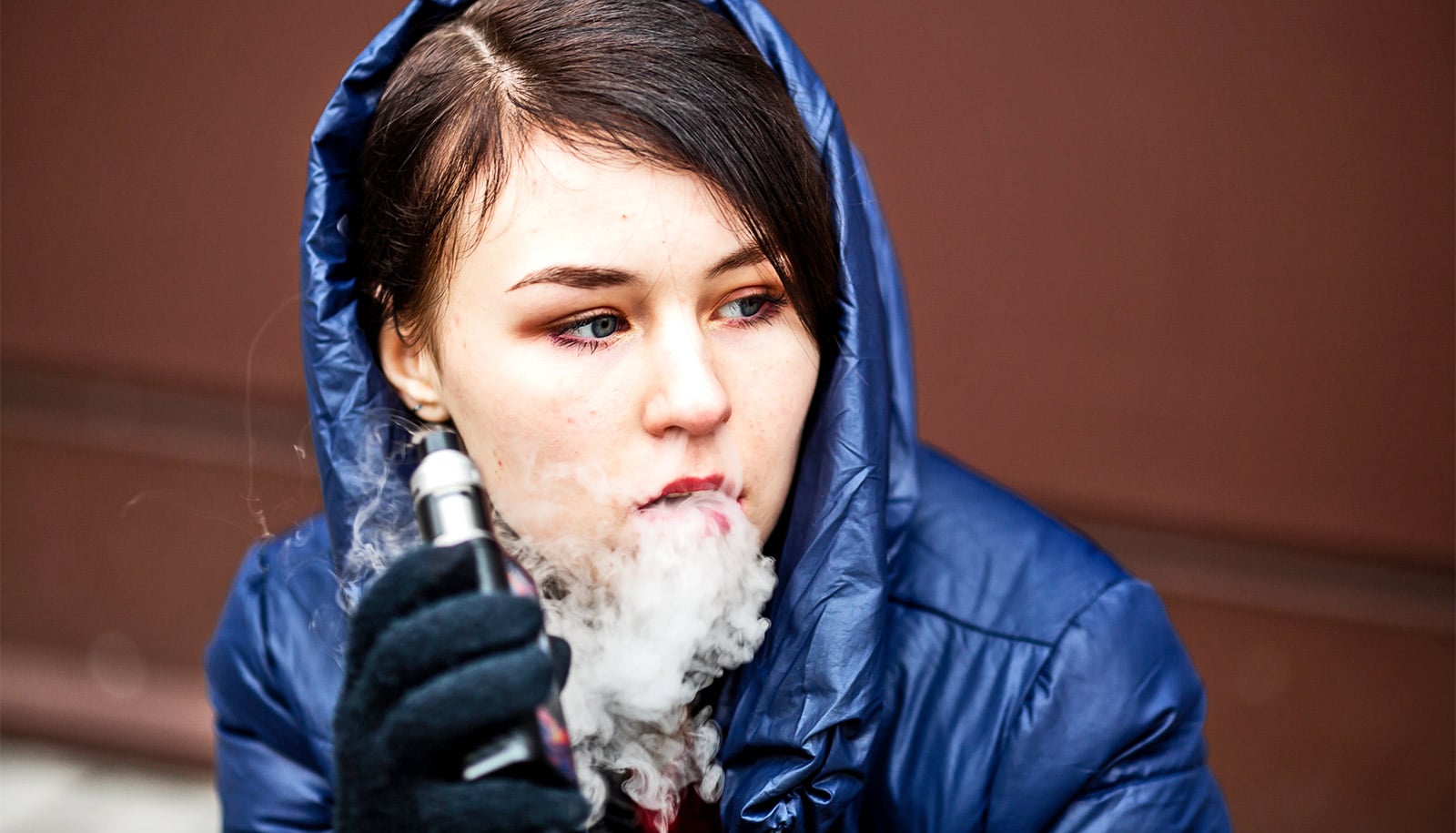Black children may have more severe asthma episodes than white children but are less likely to be transported to the hospital by emergency medical services (EMS), according to a new study.
A baseline understanding of how prehospital treatments and transport for children with asthma varies by patient race, ethnicity, and socioeconomic status will aid in future research and efforts to improve equitable pediatric asthma treatments, the researchers say.
Asthma, a lifelong disease with symptoms that include wheezing, shortness of breath, and tightness of the chest, affects about 25 million people in the United States and is a leading cause of death among children.
Non-Hispanic Black children are about three times more likely to die from asthma-related causes than their white counterparts, according to 2020 data.
“We have a lot of data on hospital management of childhood asthma but very little information to show how well we are treating asthma in the pre-hospital environment or if there are disparities,” says lead author Sylvia Owusu-Ansah, pediatric emergency medicine physician and emergency medical services (EMS) medical director at the University of Pittsburgh Medical Center Children’s Hospital of Pittsburgh.
To learn more about how EMS personnel manage and treat asthma in a pre-hospital setting, Owusu-Ansah and her team used a national database to analyze 5,266 EMS encounters with children ages two through 17. Approximately 53% were non-Hispanic Black and 34% were non-Hispanic white.
The study also found that Black children were most likely to receive breathing treatments known as bronchodilators. Use of these rescue medications suggests more severe disease that may require further treatment. However, Black children were less likely to be transported to the hospital than their white peers.
There could be many factors that play into transport decisions such as distrust in health care, fear, or patients not recognizing how sick they are, Owusu-Ansah says.
“Patients may need to be transported to a hospital for further evaluation and care and we don’t want people avoiding that follow-up care if it’s crucial to supporting their health and wellness,” says Owusu-Ansah.
Disparities in asthma are influenced by social determinants of health, including access to affordable health care, housing, food security, and environmental exposures. More education for emergency personnel on how social determinants of health affect asthma should be part of efforts to improve care of patients and achieve health equity, Owusu-Ansah says.
“The prehospital setting is a unique environment where health care providers can engage with patients in ways that aren’t possible in the hospital. As first responders, EMS has the first look at the patient and their home, so they can observe whether there is mold or other factors that contribute to a patient’s illness.
“A patient may not share that information with their doctor. But EMS can pick up on small details that may be important when treating a patient and have huge opportunity to make a difference.”
In future work, Owusu-Ansah will continue to examine asthma treatment in the pre-hospital setting in hopes to understand and address disparities.
The study appears in the journal Prehospital Emergency Care.
Source: University of Pittsburgh



